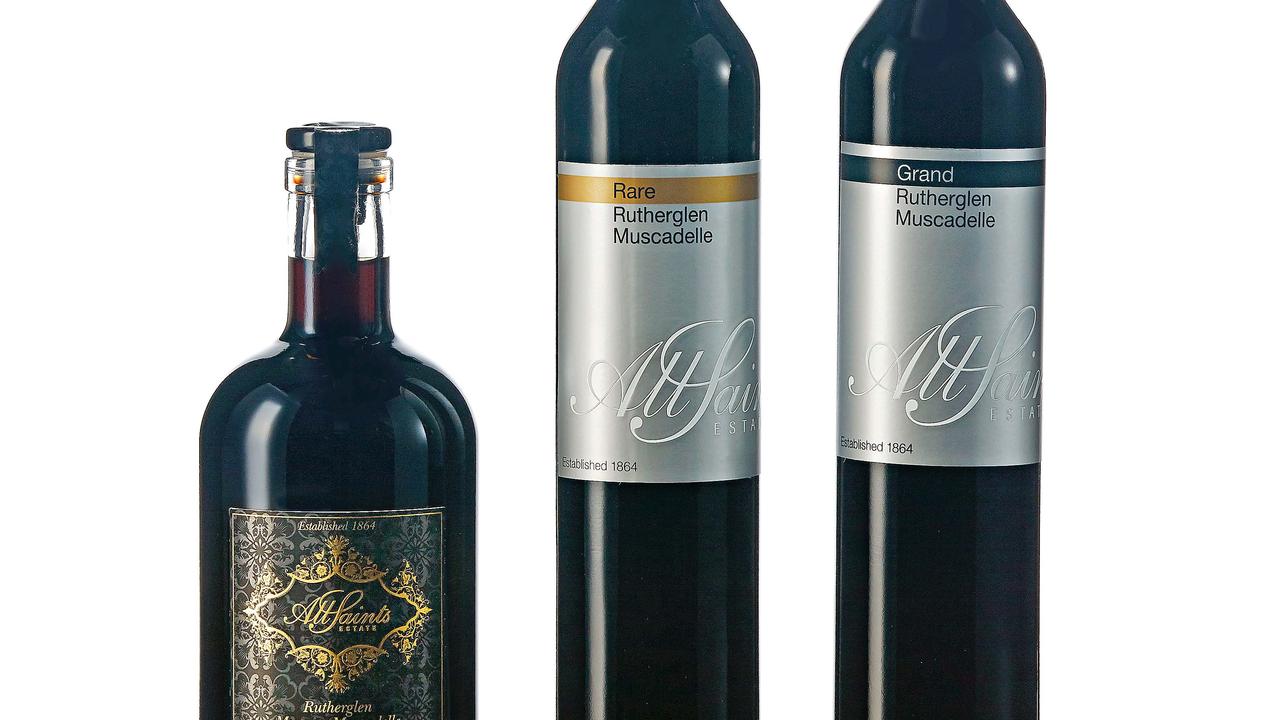Wild Australia: can the world’s oldest plant be saved?
IT’S 43,000 years old and it still grows in remote Tasmanian rainforest. Can king’s holly survive?
BLINDFOLDED and disoriented, all sense of direction is lost as our helicopter corkscrews into the sky on the windswept extremity of Tasmania’s World Heritage-listed South West Wilderness area.
Our boots have been disinfected, clothes and bags vacuumed clean of seeds and soil, and we have signed a legally binding agreement not to disclose our final destination. It is an elaborate routine necessary to protect the last remaining stand of the 43,000 year-old king’s holly, or Lomatia tasmanica — the world’s oldest living plant.
Restricted to one location, king’s holly clings to survival on the edge of a rainforest gully, hemmed on one side by a flowing stream and on the other by open heathland that carries the deadly dieback disease Phytophthora. King’s holly has been classified at the highest level of threat by the federal and Tasmanian governments — critically endangered and endangered, respectively. Guided by Tasmanian National Parks’ Ian Marmion, ranger in charge for the Huon Valley, South West field centre, we are among a handful of visitors who have been to the site.
Our journey has been an epic flight from Hobart across a mountainous threshold to a seemingly untouched world. First, the heavily logged slopes of Mt Wellington give way to the epic rocky outcrops of the Snowy, Mt Anne and Arthur ranges. Clouds hug the ridgelines of craggy peaks, making them look like smoking volcanoes. Past Lake Pedder, our flight descends into the buttongrass peat lands of Melaleuca, an isolated former mining camp on the south-western tip of the island. It was on an excursion from his remote home at Melaleuca that tin miner and naturalist Denny King discovered the unusual, glossy-leafed Lomatia in 1934, although the plant was not described by science for another 30 years and it was not until 1998 that carbon dating of a fossil sample confirmed the plant was ancient. From King’s property we continue our journey, eyes covered, to the last remaining king’s holly.
There, the gully edges are heavy with waterlogged moss and tangled plants that tumble down the steep embankment. We scramble over fallen trees and through thickets of lush reedy grass. King’s holly is scattered through the landscape for 1.2km along the gully but is well concealed when not in flower. Depending on how much light has been available to stimulate growth, the holly may be a long, slender trunk crowned with a tuft of unmistakable leaves, dark green, like a flattened Christmas tree; a more robust trunk; or, in open patches, it may be a few leaves sprouting from a clump of moss.
Despite its red flowers, king’s holly is incapable of sexual reproduction. “The reason it never reproduces sexually is because it is a triploid — instead of having two sets of chromosomes it has three,” says Dr Greg Jordan, associate professor at University of Tasmania’s school of biological sciences. “The whole species is just one plant, 1km wide. It never produces seed and it survives by growing up, falling over and sprouting up and it has been doing that for a very long time. So while other species, such as Wollemi Pine, are more ancient, king’s holly is doubly remarkable. Not only is the whole species made up of just one plant, but as far as we know, that plant is the oldest individual plant on land in the world.”
Although carbon dating revealed king’s holly was at least 43,600 years old, Jordan says it could be a lot older. To survive, it had to weather an ice age before conditions warmed to the temperate maritime climate of today. “What makes this plant capable of doing that, we don’t know,” Jordan says.
It is certainly not due to ease of propagation. The Royal Tasmanian Botanical Gardens has had an intensive breeding program since 2004 with only limited success. Specimens grown from tissue culture have not survived longer than eight months and plants grown from cuttings have a high failure rate — none has survived longer than 16 years. The aim is to secure an “insurance” population in case something should happen to the last remaining wild stand, but gardens curator Lorraine Perrins says only two or three cuttings survive out of 20 to 30. “We have a 95 per cent success rate in tip cuttings growing roots but a dramatic failure rate from that point,” Perrins says. “We want 50 plants so we can lose half and still have plant material.” In the long term, the best hope may be current trials to graft the plant onto a more robust root stock.
Perrins predicts king’s holly will become extinct in the wild, where its major threats are bushfire and Phytophthora. Tasmania hopes to learn from the NSW experience, where the wild stand of ancient Wollemi Pine has been effectively loved to death after its location became known and the site was contaminated. “With the Wollemi, the idea was to flood the market with them so the wild population was protected,” Perrins says. “But people went in there and Phytophthora is in there now. We don’t want the same situation with this.” However, Perrins hopes the grafting program will be successful so king’s holly can be propagated and sold in garden centres. “We will not be able to use grafted plants as a recovery program [in the wild], but putting it into home gardens means we will not have lost it.”
Correction: This article in the print edition of The Weekend Australian Magazine is accompanied by a photograph of Royal Tasmanian Botanical Gardens botanist Natalie Tapson that is incorrectly captioned as being of curator Lorraine Perrins.



